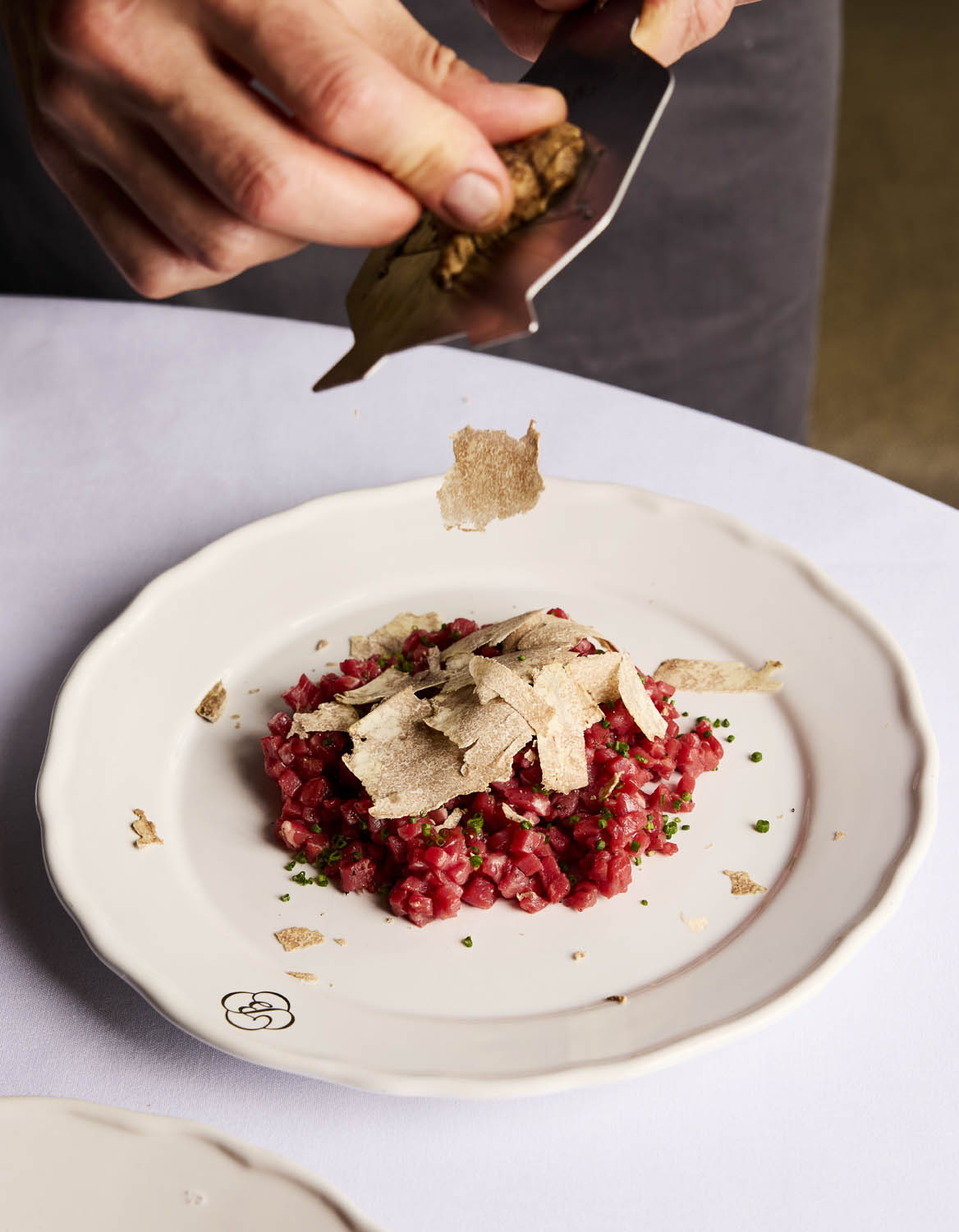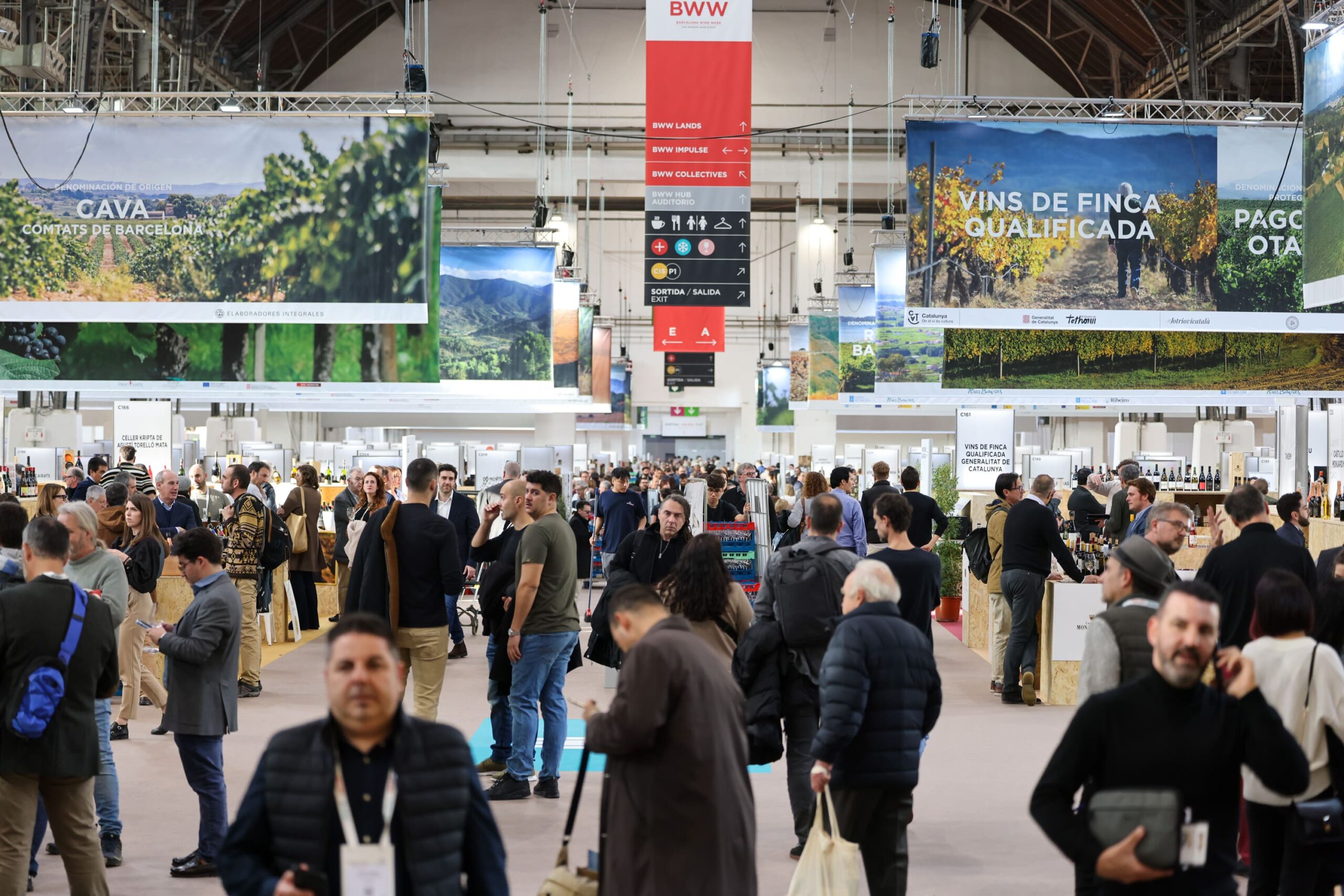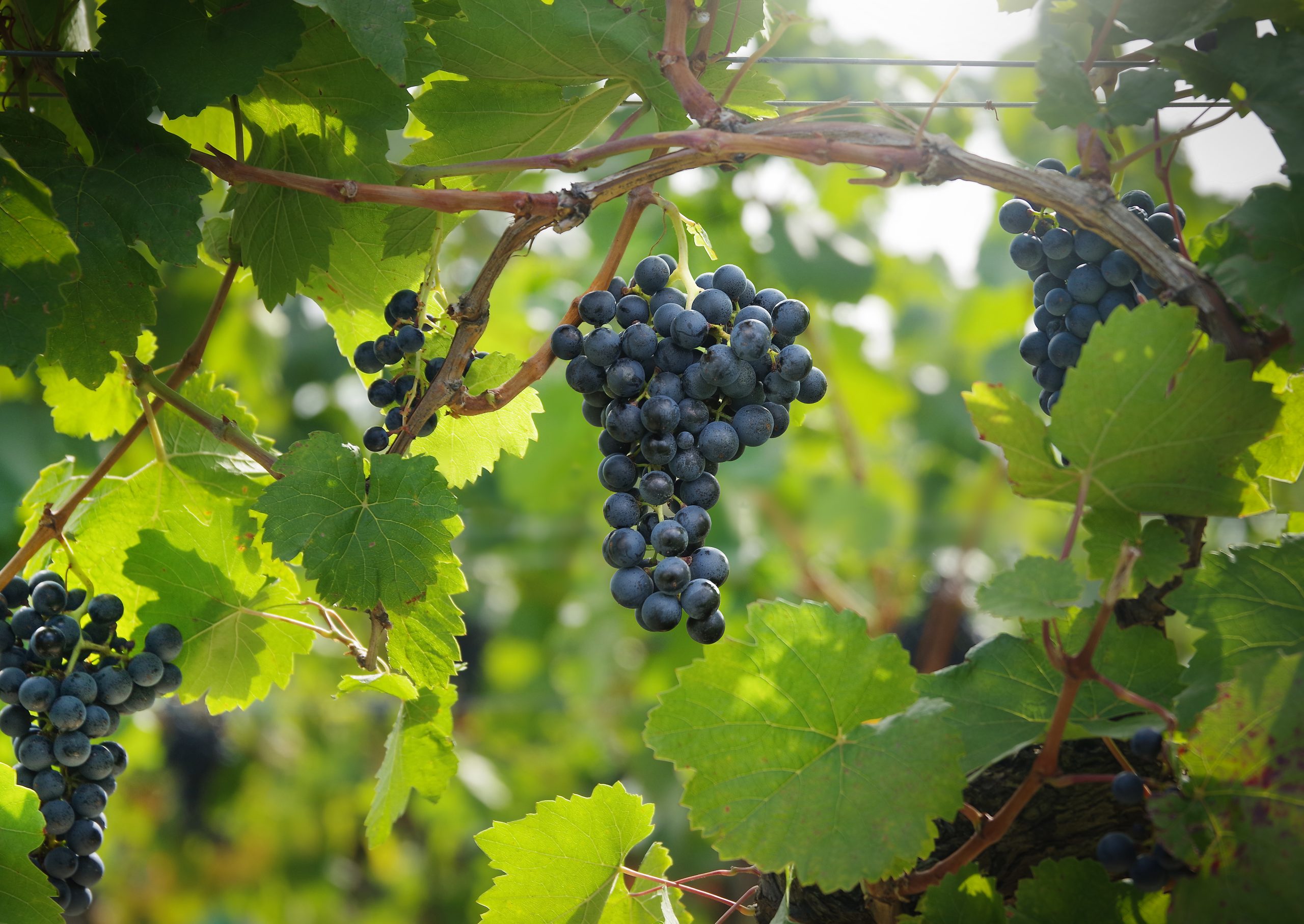CO2 captured by cork enough to offset footprint of glass
An Amorim cork life-cycle assessment released exclusively to db today has shown that a cork stopper retains enough carbon to offset the amount released during the production of a glass wine bottle.
Following a study commissioned by Corticeira Amorim, but independently conducted by Ernst & Young during December 2019, it has been revealed that a single natural cork stopper is proven to capture up to 309g of CO2, while a sparkling wine stopper can retain even more at 562g (due to the greater amount of cork used in its production).
According to Amorim, this means that cork closures can offset the carbon footprint of glass bottles, which release between 300-500g of CO2 on average during production, depending of course on their weight*.
As a result, the cork producer, which is the largest in the world, is reminding the wine industry that cork closures are a major ally in the trade’s battle for sustainability.
Speaking to db this morning, Carlos De Jesus, who is marketing & communication director of Amorim, said that the results of the study “were good for cork, and good for Amorim especially, but it [the level of carbon retained in cork stoppers] is not fully realised by wineries and distilleries that use cork.”
Continuing, he said, “We want to get across the idea that wineries, when assessing their carbon footprint, should include all the packaging materials used and the carbon retained in them… and a company that has bought several million corks is sitting on large reservoir of carbon, so they should account for that.”
According to Amorim, different life cycle stages under a cradle-to-gate approach were studied. The processes included forest management activities, cork treatment stages including transport from the forest, and natural cork stoppers production, finishing and packaging. For a fair comparison with previous studies, the distribution of the product from Portugal to the UK was also included, together with additional information regarding carbon sequestration from the cork oak forests.
Impacts relating to the production and consumption of raw materials, plus energy process emissions, water consumption, waste production and transport at each stage were assessed – all of which are considered categories typically used in cork products.
The drinks business will be bringing its readers more news from this study soon.
Partner Content
* An estimated 400g of CO2 are released per 75cl glass bottle produced, according to a study by Smyth & Russell.
Smyth, M., and J. Russell. ‘From Graft to Bottle’ – Analysis of Energy Use in Viticulture and Wine Production and the Potential for Solar Renewable Technologies. Renewable and Sustainable Energy Reviews. Pergamon, 12 Feb. 2009. Web. 25 Oct. 2018
Read more
AMORIM CORK STOPPER PROVED CARBON NEGATIVE





Does the CO2 Cork Study conducted by Amorin include wine wastage ?
Scientific paper “The Importance of Considering Product Loss Rates in Life
Cycle Assessment: The Example of Closure Systems for
Bottled Wine – Anna Kounina” (2012) concluded:
In the case of a cork stopper, the impact of wine loss is larger than the impact of the cork
stopper production itself for all examined life cycle impact categories.
4. When the impact of wine loss is considered in addition to the impact of the closure itself,
the cork stopper has a higher environmental impact score than the screw cap in all impact
categories, provided the effective loss rate of cork stoppers is higher than 1.2%.
Is the full lifecycle included in the report ?
Re: CO2 emissions associated with cork production
If carbon sequestration is claimed on the production of corks, have they allowed for what happens when the cork is disposed of, as there will surely be an emissions associated with the degradation of the cork ? Is it a full life cycle analysis ?
So he is collecting those corks, or what. If you dispose, the effect disappears.